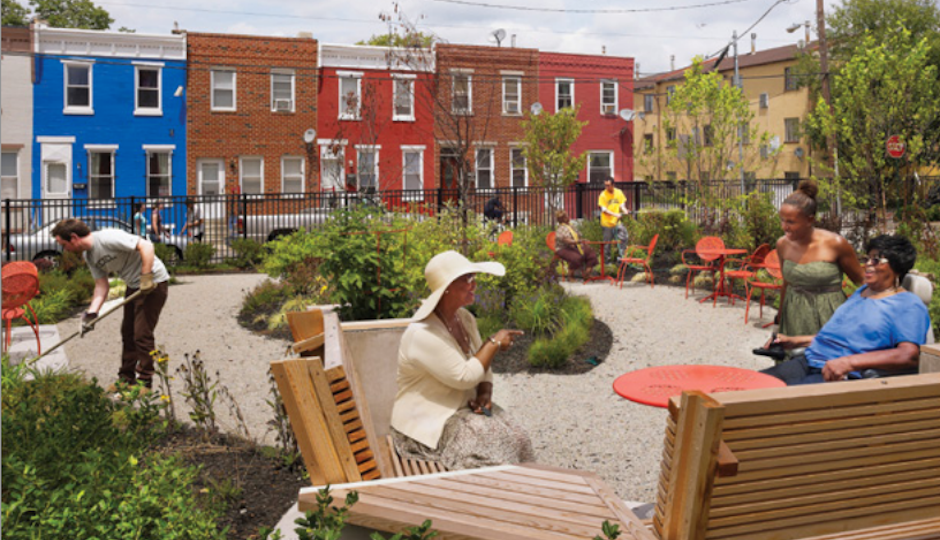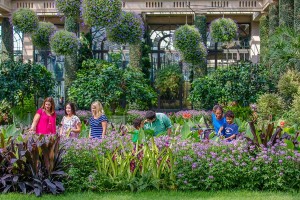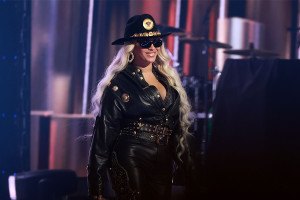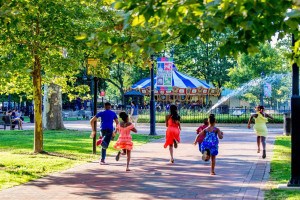STUDY: What’s Keeping Artists From Transforming Mantua and Powelton the Way They Did Fishtown and NoLibs?

Photo courtesy of Halkin | Mason Photography.
A new report just released from Drexel University reveals that West Philadelphia neighborhoods Mantua and Powelton are overflowing with artists. But why aren’t we seeing the same sort of artistic transformation there that we see in, say, Fishtown and Northern Liberties?
That’s the question the report, titled “A Fragile Ecosystem: The Role of Arts and Culture in Philadelphia’s Mantua, Powelton Village and West Powelton Neighborhoods,” attempts to answer.
“We wanted to explore arts participation and arts access in the neighborhoods surrounding Drexel, with the goal of encouraging and supporting efforts to advance these neighborhoods through the further development and use of their cultural assets,” says Julie Hawkins, a Drexel faculty member who co-wrote the report. “The arts have the potential to play a transformative role in building social, economic and community capital.”
The report identifies some of the arts organizations that are rooted in these sections of West Philadelphia, including Spiral Q Puppet Theatre and Lil’ Filmmakers, and lays out the obstacles they face, including “low public investment, the lack of a support network, a need for stronger connections between artists and the community and a lack of centralized communications efforts.”
There are a number of “action steps” included in the report that should address these challenges, like access to economic development support from city and state programs, and encouraging collaborations with other thriving cultural institutions in the city.
“Cultural organizations outside of these neighborhoods support the change process by honoring the neighborhoods’ history and sparking discussion about the area’s future. In a time of change, projects and activities that enable residents to reflect on their history, on current situations, and on future possibilities can support the process of community transition by ensuring that everyone’s voice has an opportunity to be heard. Witnessing the past, honoring the present, and imagining the future through artistic and cultural activity can foster community dialogue, you need to go out of your way to entice people to come in and see art, make them feel welcome. need to make sure events are friendly to these communities if you want more than the normal art-going type of crowd promote civic engagement, and strengthen neighborhood identity and pride.”
It’s a eye-opening, inspiring read about how the arts can impact local, often overlooked communities. You can find a great outline of the report here. If you want to read it in its entirety: here.


